#132 The City of Gyoza(dumpling)
A complete guide to Utsunomiya, the city of gyoza, which have now become a soul food for Japanese people.
Originally introduced from China, gyoza(dumpling) has become integral to Japanese food culture. Gyoza specialty restaurants are everywhere, ramen shops almost always have gyoza on the menu, and supermarkets offer a wide variety of frozen gyoza. What surprises visitors from abroad is that some prefectures compete with others regarding gyoza consumption. Perhaps it has taken root in their daily lives because of how much people love gyoza, but there is also a "Gyoza Prefecture" in the Kanto region. Utsunomiya is the capital of Tochigi Prefecture. It is also the main entrance to Nikko, a major tourist destination.
This week, I would like to introduce the true face of this "Gyoza Prefecture" and its recommended gyoza restaurants. Please take a look at this post when you're planning to visit Tochigi Prefecture.
Origin of Gyoza in Japan
There are various theories about the history of gyoza in Japan. Still, people believed that gyoza had been introduced in China around this time, as it appeared in many books in the 18th century. However, it was not until after World War II that gyoza became popular in earnest. Gyoza spread rapidly after soldiers returned from Manchuria in China and made it out of nostalgia for the local dumplings. The reason was that they were inexpensive, nutritionally balanced, and easy to make at home.
The decisive difference between Chinese and Japanese dumplings is that in China, dumplings in soup are the mainstream, while baked dumplings are the mainstream in Japan. Therefore, most frozen foods sold in supermarkets are also made of baked gyoza. However, Utsunomiya gyoza offers a wide variety, including baked gyoza, soup gyoza, and deep-fried gyoza, so you will never get tired of it no matter how often you visit.
Gyoza War
The Japanese Ministry of Internal Affairs and Communications' household survey includes an item titled "Amount of gyoza purchased per household in a year." Utsunomiya City has always been at the top of the list. This strong purchasing power is closely related to local agriculture, and Utsunomiya has always been one of the top producers of Chinese chives. In 2023, Utsunomiya was again No. 1, followed by Hamamatsu and Miyazaki.
When comparing the gyoza, Utsunomiya is vegetable-based, with chives as its base; Hamamatsu's sometimes contains bean sprouts; and Miyazaki's is a bit of everything. Also, since the last few years have been amid the pandemic, analysis shows a higher number when the "takeout culture" is strong, when people prefer to eat at home rather than in a store.
The Ministry of Internal Affairs and Communications' household survey does not count eating out, takeout from restaurants, and frozen foods, so a surprising city may be number one in Japan when the survey is conducted strictly, but the love for gyoza is likely so strong that the whole of Japan is competing for the top spot in terms of purchase.
Characteristics of Utsunomiya Gyoza
The main feature of Utsunomiya gyoza is that they are very easy to eat, with little garlic and the sweetness and flavor of vegetables. The dumpling is filled with vegetables, including Chinese chives, which boast the nation's top-class production volume. And yet, the collaboration with the meat is exquisitely seasoned. There are usually five to six pieces on a plate, and the one-coin price of 500 yen is more than enough—no wonder they have become the soul food of Utsunomiya citizens. In addition to baked gyoza, each restaurant offers soup and deep-fried gyoza, each with its inventive menu.
Recommended restaurants
To begin with, how many gyoza restaurants are there in a city with a population of 515,000? As of October 2024, 145 member restaurants of the Utsunomiya Gyoza-kai are Japan's only gyoza (dumpling) cooperative. There must be quite a few that are not members, so the number is quite large. Among them, I picked up some restaurants that are worth mentioning.
Kirasse Map
This restaurant is like a gyoza department store where you can enjoy popular gyoza at once. There are two types of restaurants: permanent ones featuring five popular restaurants and daily restaurants changing. The location is less than a 10-minute walk along the main street on the west side of Utsunomiya Station.
Utsunomiya Minmin (Map) and Masashi (Map)
These two restaurants are the big rival of Utsunomiya Gyoza, and both have multiple locations in the city. If you ask Utsunomiya residents, they will generally tell you they support one another. Minmin has thicker gyoza skin and less garlic. If you are a first-timer, this one might be better. And the critical point is that if you order beer or rice, Minmin is the place to go. Masashi has a thinner skin and more cabbage. The garlic is effective to a point. However, there is no beer or rice on the menu, and only two choices: baked gyoza or soup gyoza. If I had to choose one or the other, the availability of rice and beer might be a significant factor.
Kouraku Map
Finally, my favorite restaurant is Kouraku, a 20-minute drive from Utsunomiya Station. It serves classic ramen and gyoza. The parking lot is quite large, but Kouraku is also popular with people coming by car, so I recommend coming before the restaurant opens at noon and night. The gyoza are very orthodox, with a good balance of meat and vegetables, which makes them so good. The cha-shu pork on the ramen reminds me of the old days. I always stop by when I go to Utsunomiya unless it is closed.
Note: Please note that the websites of the restaurants listed above are all in Japanese, so the automatic translation function cannot translate some parts.
A combination of sightseeing spots
When tourists go to Nikko by train, they usually take the Tobu Railway's limited express train to and from Nikko. Not many people take the Shinkansen and change trains at Utsunomiya Station. Eating Utsunomiya Gyoza on the way back from sightseeing is a hurdle. The best way is to take the Tobu Railway's limited express on the way out, then take the JR Nikko Line on the way back to Utsunomiya, and from Utsunomiya, you can take the Shinkansen or a local train. However, please remember that there is only one train every hour on JR Nikko Line.
Alternatively, there are branches of Minmin and Masashi in Kanuma City, which you can reach by Tobu Railway. You can also get off at Shin-Kanuma, where the limited express stops, and take a short cab ride. If you only want to eat gyoza and go home, getting off at Shin-Kanuma may be an option.
Finally
It is no exaggeration to say that gyoza, which developed uniquely in Japan after World War II, is a soul food for the Japanese. If you want to eat gyoza in the Tokyo metropolitan area, there is no better place than Utsunomiya. Suppose you are a repeat visitor to Japan. In that case, consider an early-morning departure from Asakusa on the Tobu Limited Express, a sightseeing tour of Nikko, and a beer toast with gyoza in Utsunomiya. Unfortunately, there is not much information in English on the various gyoza restaurants, but it would be a good idea to start with Utsunomiya Minmin and Masashi.

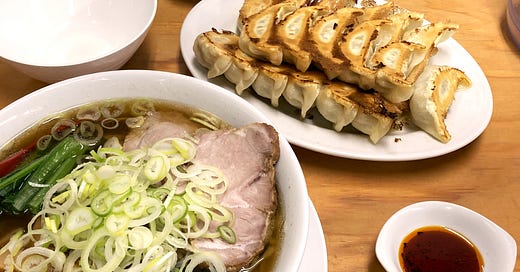



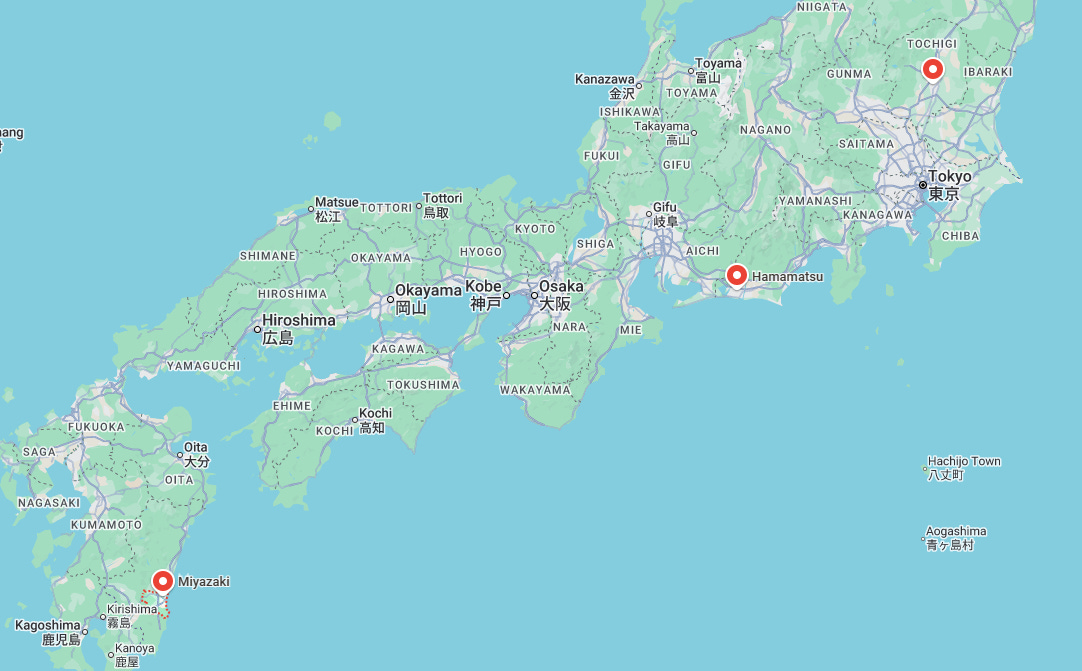
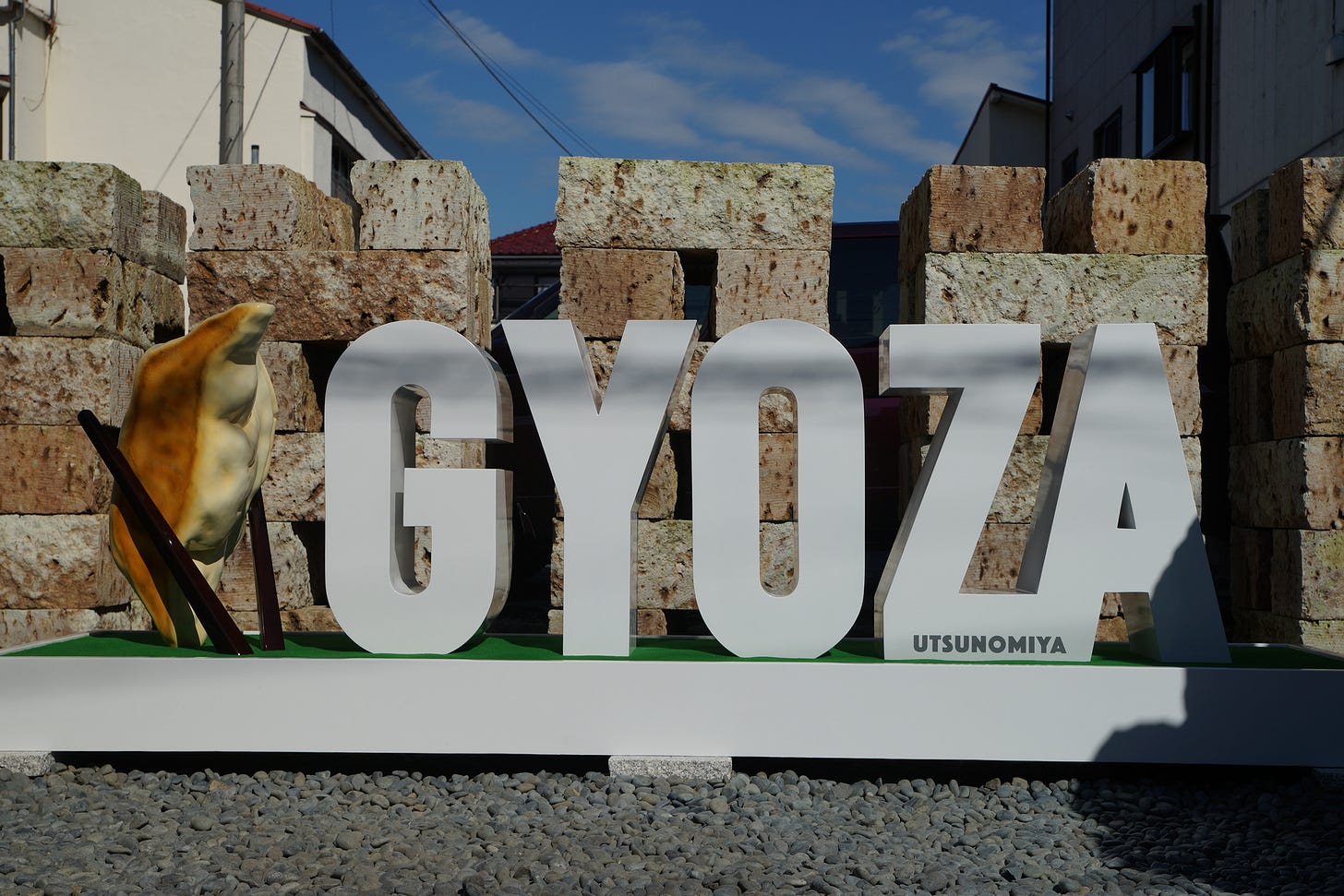

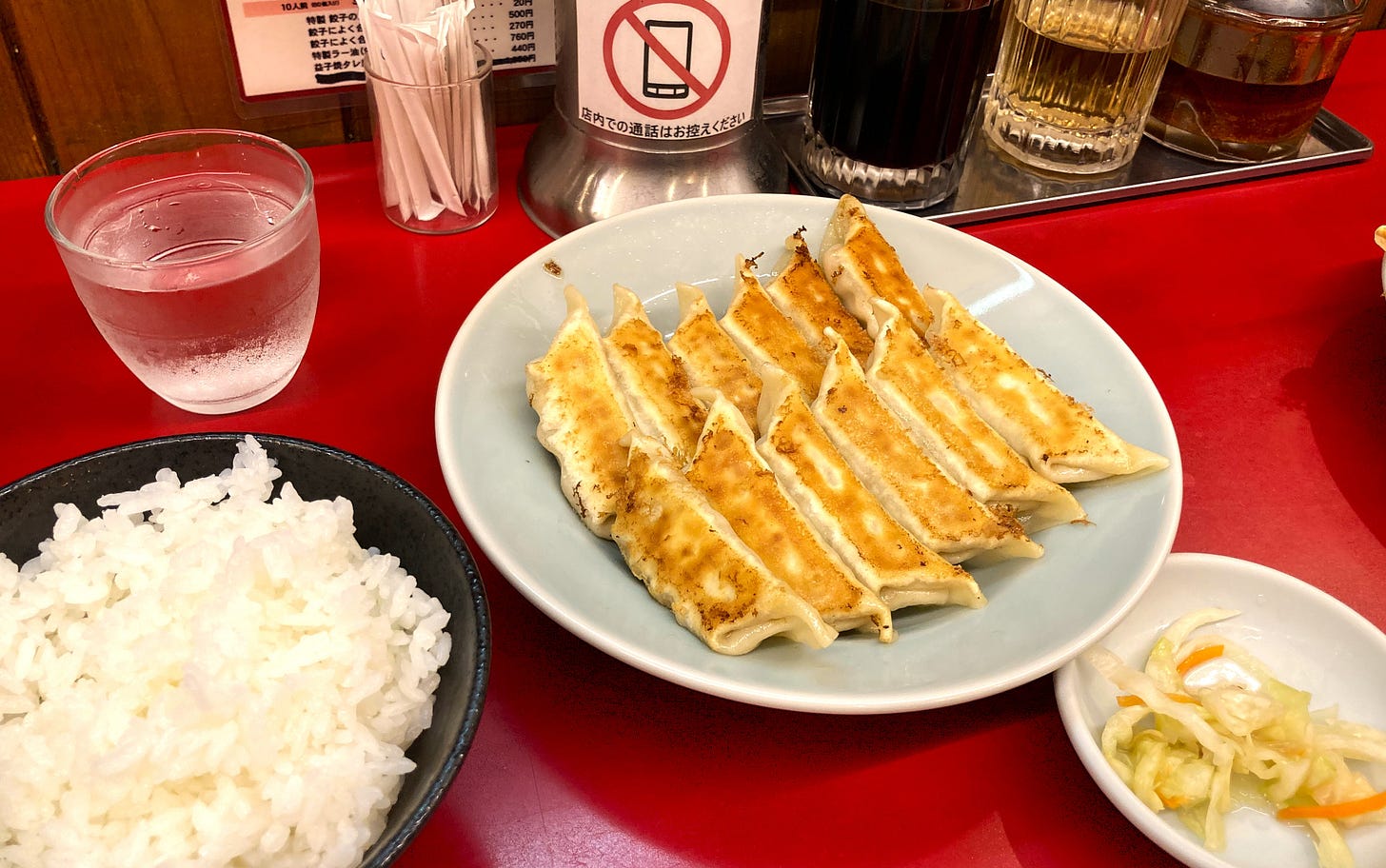
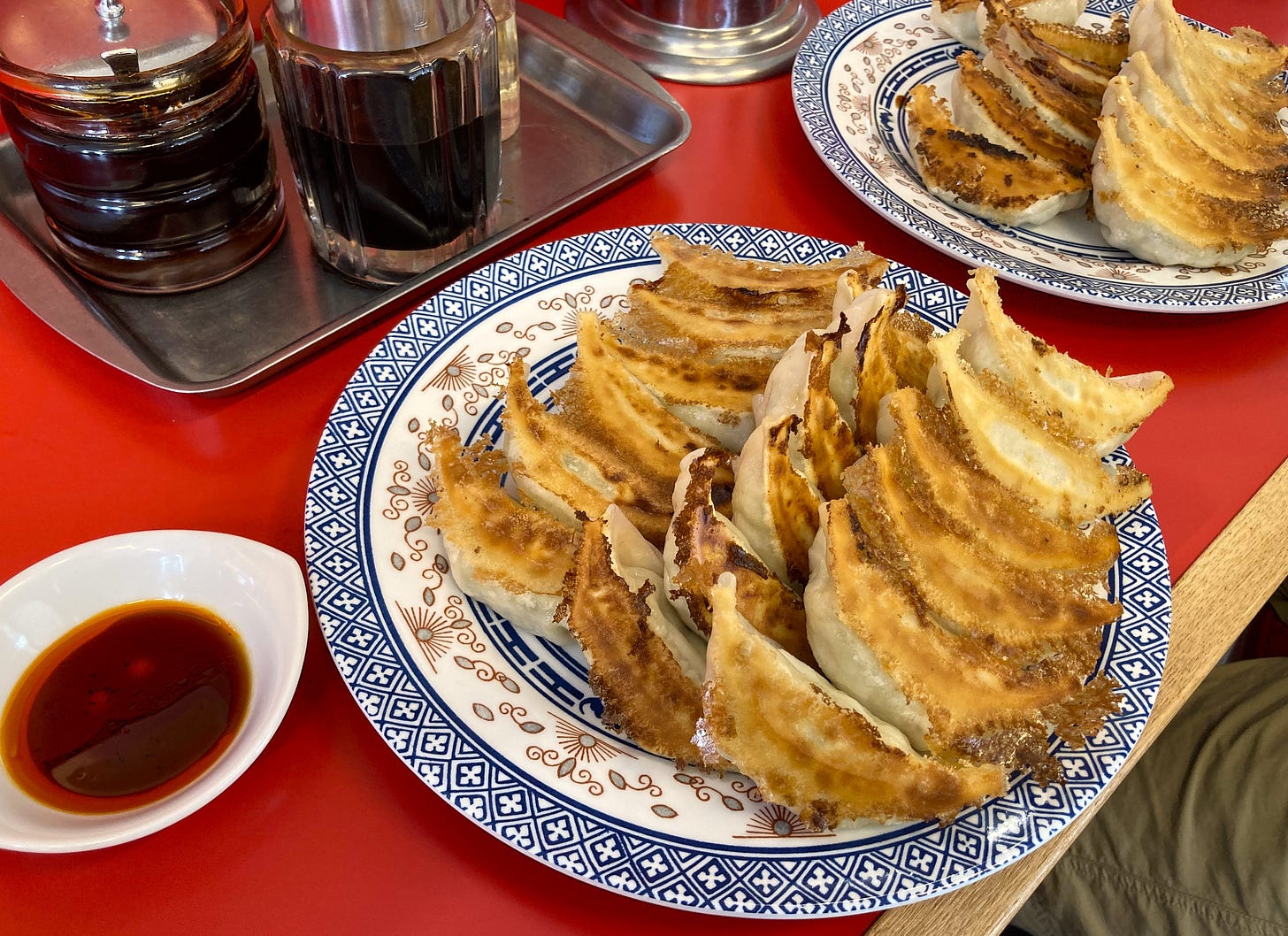
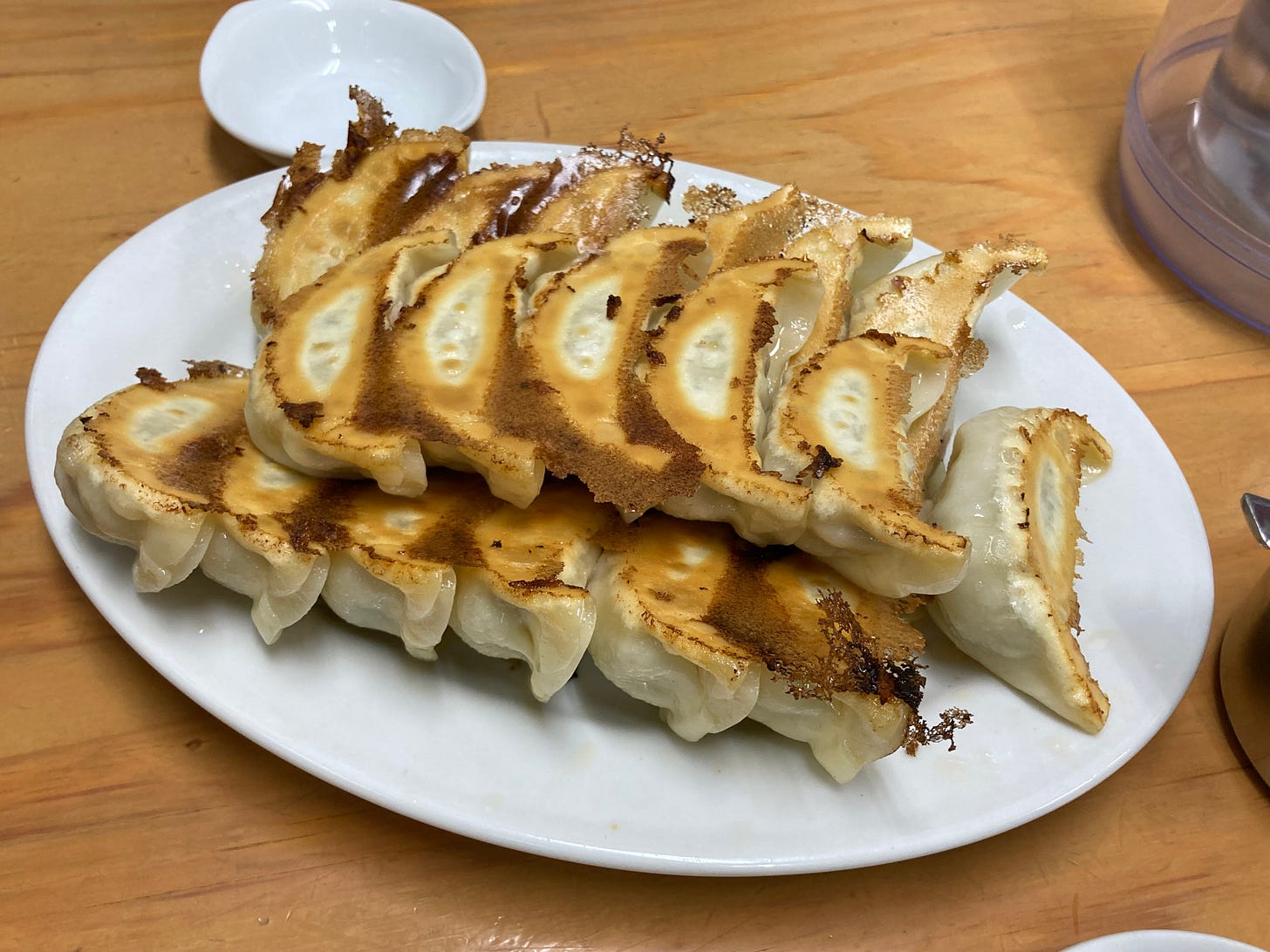
How can I buy a train ticket online to go to Utsunomiya? Can I buy a return ticket for the same day?
Oh my, I'm so hungry now!